Plan your next adventure
Tailor your own route along Tenerife’s trails quickly and easily..
Go to planner
The Teide National Park is the best exampleof the high-mountain landscape of the Canary Islands.
It is a breathtaking setting where you can learn about some of the most spectacular volcanic phenomena in the world, as the formation and collapse of volcanic features are on full display, understandable even to the untrained eye.
It is a geological paradise, an open-air laboratory, a place full of sacred meaning for the Guanches (the first inhabitants of the Canary Islands) and one of the great icons of the archipelago. With such attributes, it is not surprising that it is the most visited national park in Europe.
The Teide National Park has fascinated travellers since the 16th century. So much so that some of the great naturalists of the past found in this place the inspiration for their revolutionary theories, such as Humboldt, whose work helped Darwin to develop his theory of evolution and forever change the way we see the world.
Recommended time to visit: May-June.
Las Cañadas is a large elliptical structure that was formed in different phases, and its walls contain the oldest materials in the park.
It is the largest volcanic caldera in Macaronesia; its north wall now lies on the seabed after collapsing approximately 170,000 years ago.
The most recent theories suggest that it was formed after a great explosion that caused it to collapse and slide into the sea. This depression was later filled by different eruptions that occurred over thousands of years, giving rise to the main structure that stands in the middle of the park, the Teide-Pico Viejo stratovolcano, creating a spectacular landscape of overlapping lava flows, volcanic tubes, fumaroles, cones, plugs and tephra deposits of different colours and shapes.
The last recorded eruptions in the park were those of Siete Fuentes and Fasnia in 1704, and Volcán de Chahorra, better known as Narices del Teide, in 1798.
You can explore this majestic landscape along its official trails or the main road and an extensive network of viewpoints equipped with information panels providing you with the opportunity to learn all about it.

Most of the park’s plant species are endemic and are only found at these altitudes or were described for the first time in this environment. That is why many bear the name “Teide”, such as Teide violet (Viola cheiranthifolia), alhelí del Teide (Erysimum scoparium), margarita del Teide (Argyranthemum tenerifae) and borriza del Teide (Laphangiumteydeum).
There are also ancient trees, including a Canary Islands juniper which is the oldest known tree in Europe.
But the most impressive botanical display is the flowering of the red bugloss, known in Spanish as tajinaste rojo (Echium wildpretii), throughout the month of May, which attracts visitors from all over the world to witness one of the wonders that occur in this extraordinary patch of land in the Atlantic Ocean.
This explosion of life brings out the park’s insects in droves to feed on the thousands of flowers that make up each of these enormous inflorescences.
Notable among the endemic fauna are the invertebrates, with some 70 species endemic to the park and around 450 species endemic to the Canary Islands.
The most common reptile is the Tenerife lizard, which you can spot even throughout the caldera.
Birds are well represented by species such as kestrels, ravens, Berthelot’s pipits, Canary Island chiffchaffs, blue tits, Iberian grey shrikes and the iconic blue chaffinch.
During the winter you will also be able to see small flocks of ring ouzels, which have their southernmost wintering grounds in the park.
To observe the native mammals, you will have to wait until nightfall for the five species of bats that flit overhead and feed in these high altitudes: European free-tailed bat, lesser noctule, Savi’s pipistrelle, Madeira pipistrelle, and Canary long-eared bat.
Diurnal mammals include introduced species such as rabbits and mouflons, which cause significant damage to native plant populations.
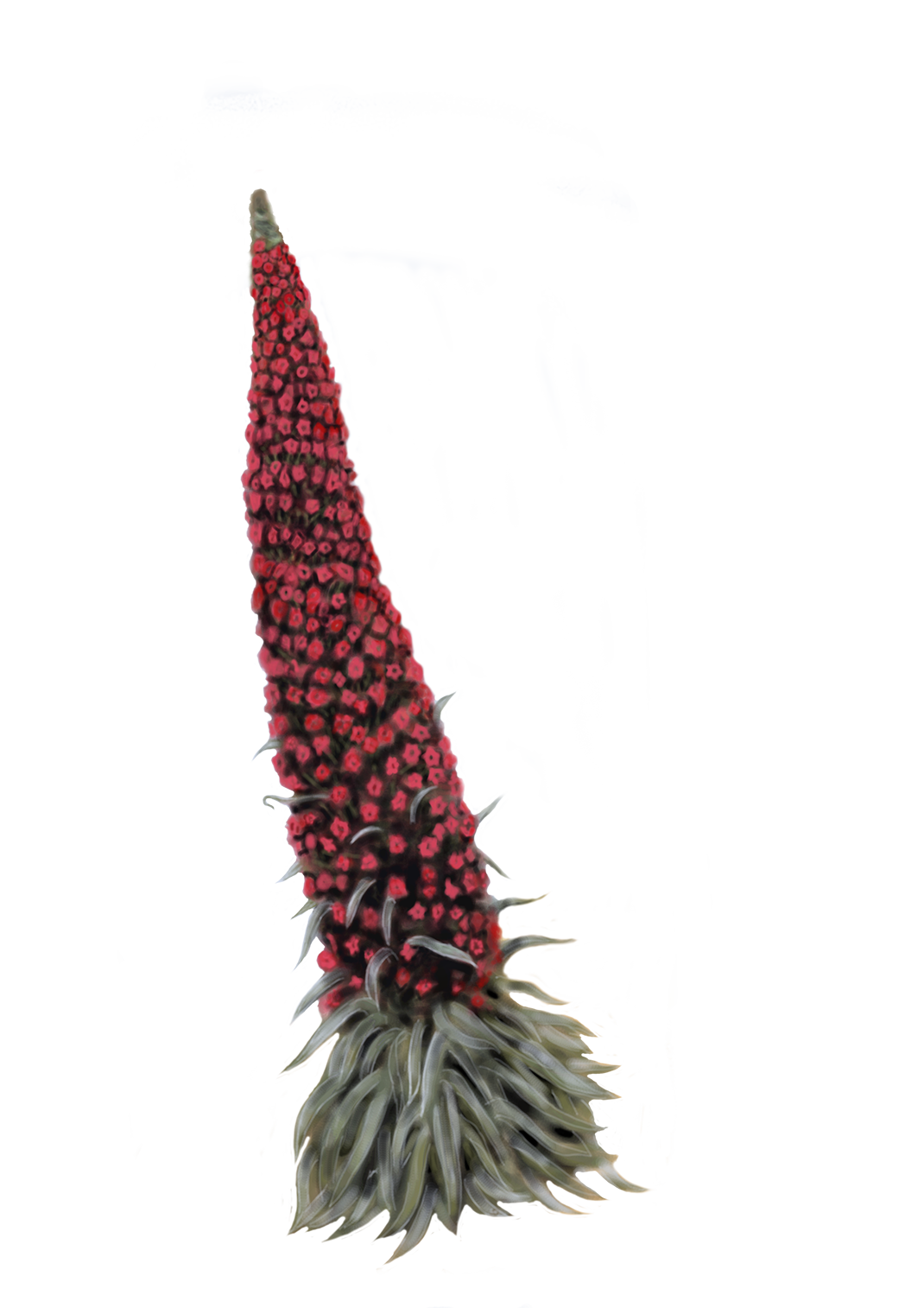
18,990.00 ha (9.29% of the island). Peripheral Protection Zone of 7515 ha. Its Area of Socio-economic Influence is made up of 14 municipalities, 12 with land in the national park plus Arico and Güímar, which have land in the aforementioned Peripheral Protection Zone.
Created by Decree on 22 January 1954.
Teide violet (Viola cheiranthifolia), tajinaste rojo (Echium wildpretii), alhelí del Teide (Erysimum scoparium), rosalillo de cumbre (Pterocephaluslasiospermus), Teide white broom or retama (Spartocytisussupranubius), Canary Islands juniper, borriza del Teide (Laphangiumteydeum), Tenerife lizard, blue chaffinch, raven, Berthelot’s pipit, Savi’s pipistrelle, Madeira pipistrelle, Canary long-eared bat.
volcanic edifice, high mountain scrub, pine forest, lava tubes, fumaroles, juniper stands, malpais, fields of tephra, watercourses.
Teide-Pico Viejo stratovolcano, las Narices del Teide, Los Roques de García, Guajara, La Fortaleza, Samara, Volcán de Fasnia, Minas de San José, Llano de Ucanca, Los Azulejos, Montaña Mostaza, Los Huevos del Teide.
To consult permits for use and updated regulations for this Protected Natural Area, visit the official website of the Government of the Canary Islands.
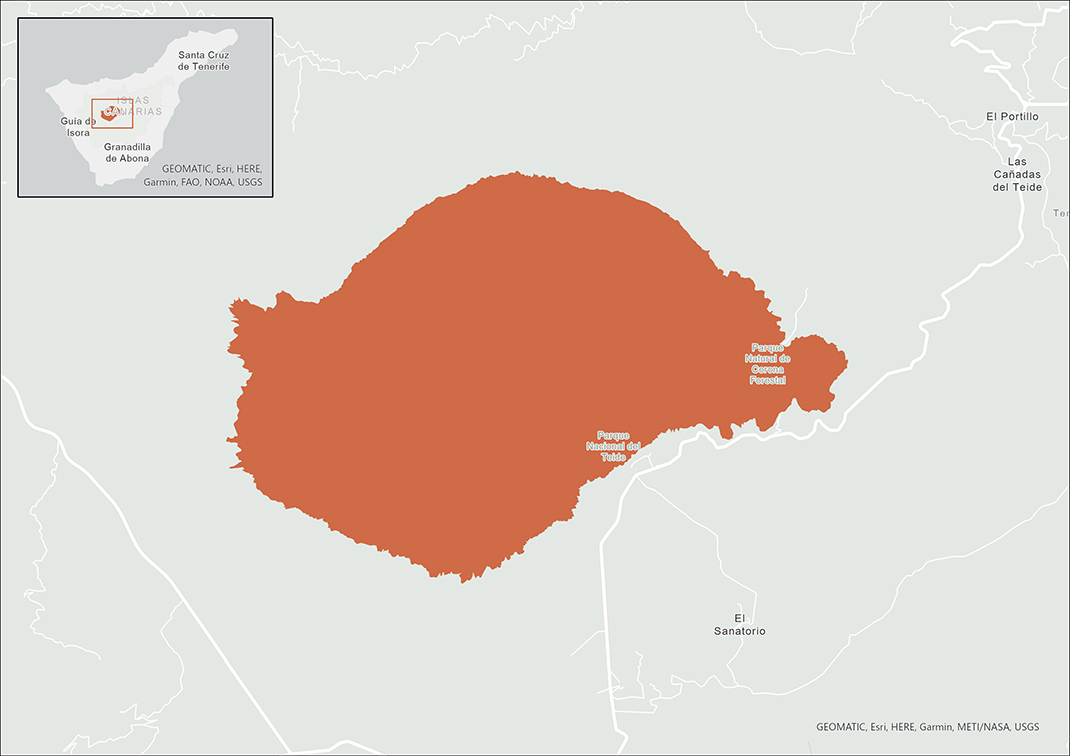
These are some of the points of interest you can find along this route.

Roque de la Grieta
Rocky summit with very striking vertical cracks (“grietas”) that give it its name.
...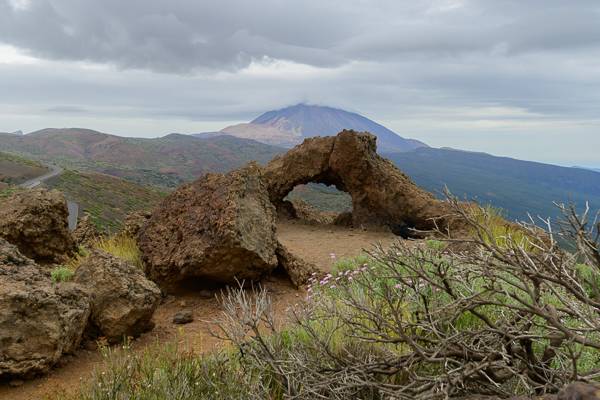
Arco o Ventana de Igueque (Igueque Arch)
Natural arch that commands a beautiful panoramic view of Teide.
...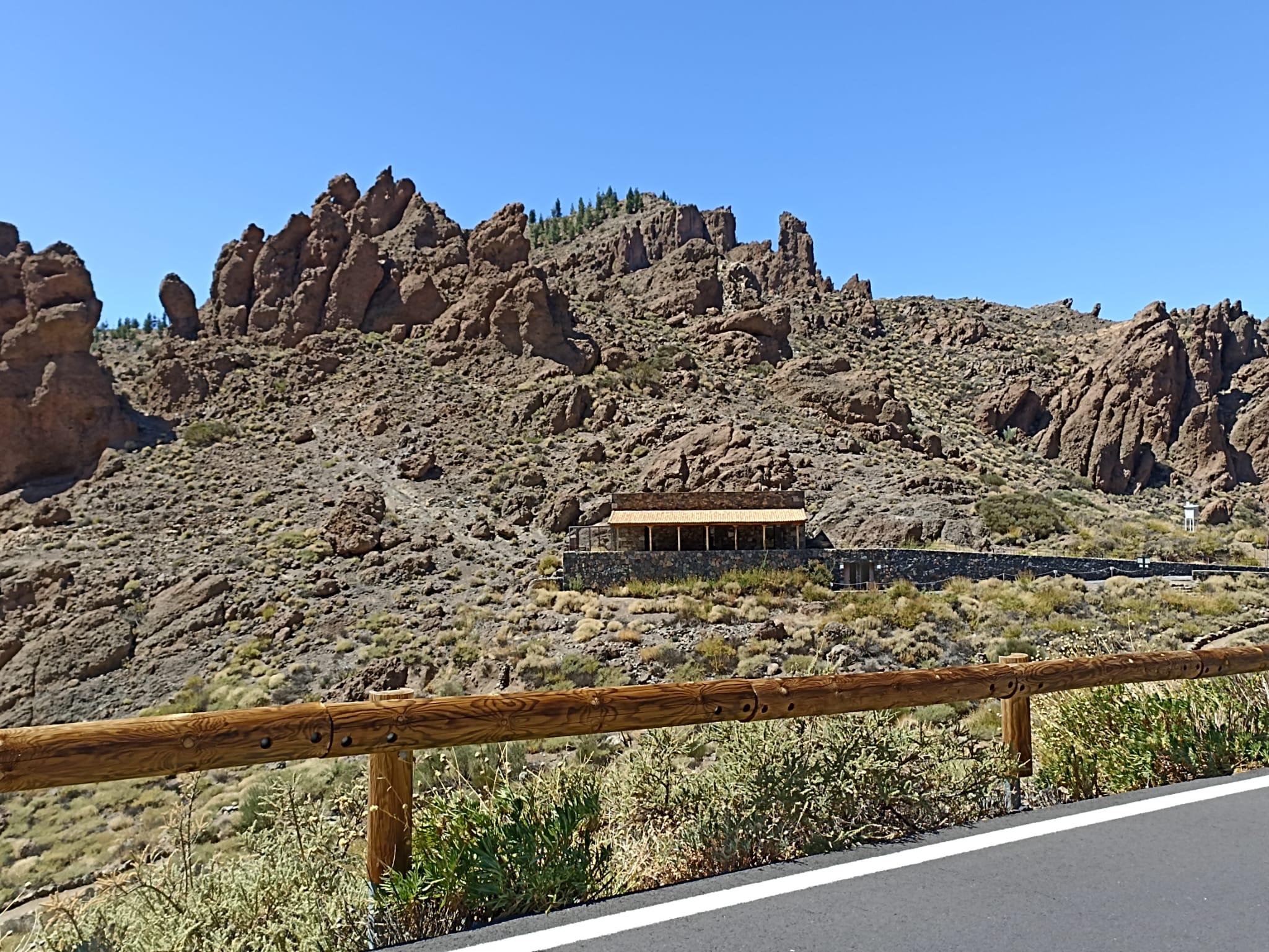
Juan Évora Visitor and Tourist Information Centre - Teide National Park
The house where Juan Évora, the last inhabitant of Las Cañadas del Teide, lived has been...
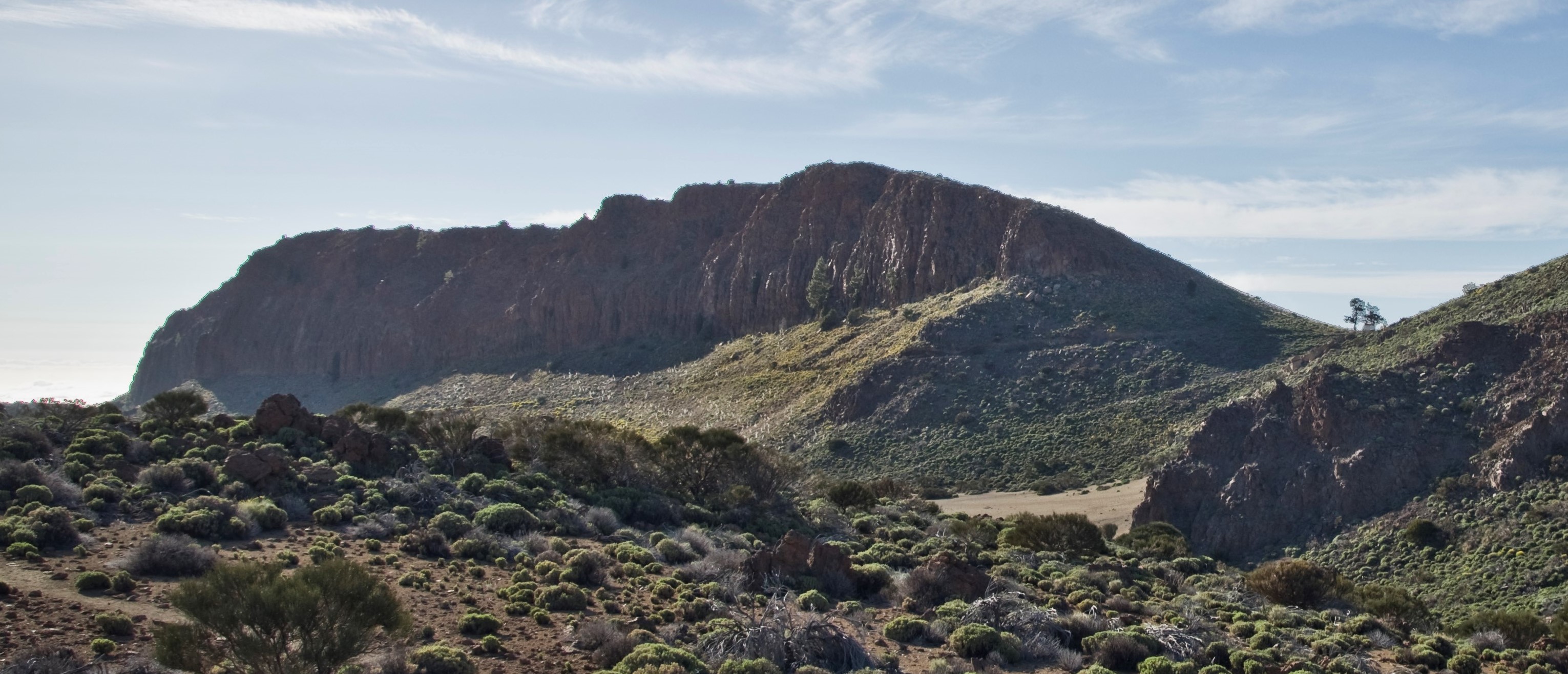
Risco de la Fortaleza (crags)
Striking rusty-brown rock formation that is the only remnant left of the ancient Cañadas Edifice...
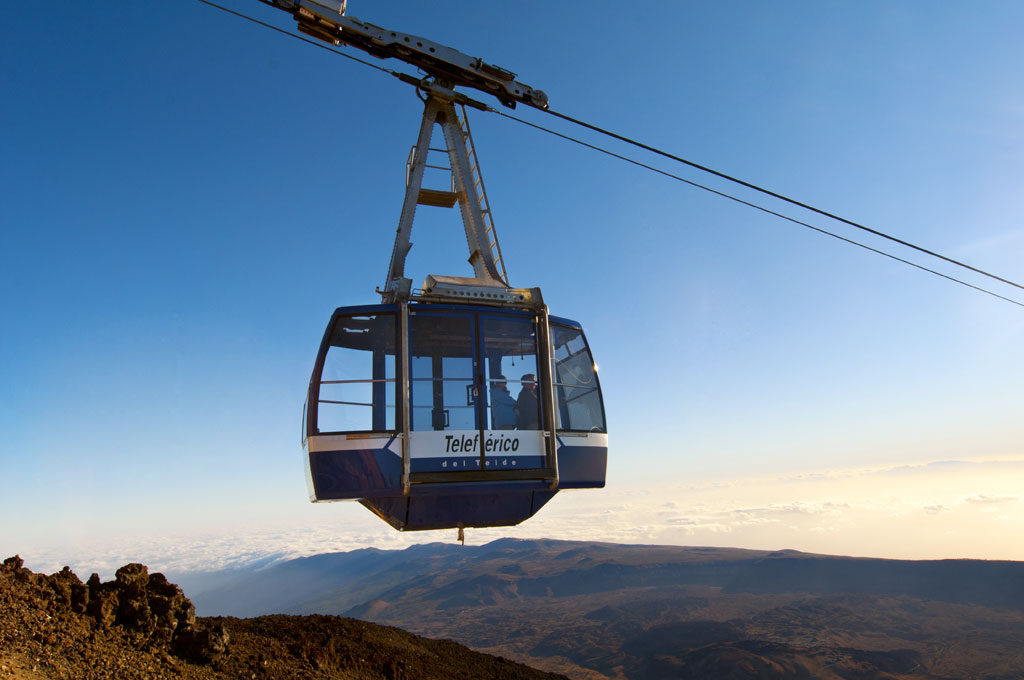
Teide Cable Car
The base station of the Teide Cable Car has a rest area, cafeteria and buffet restaurant with...
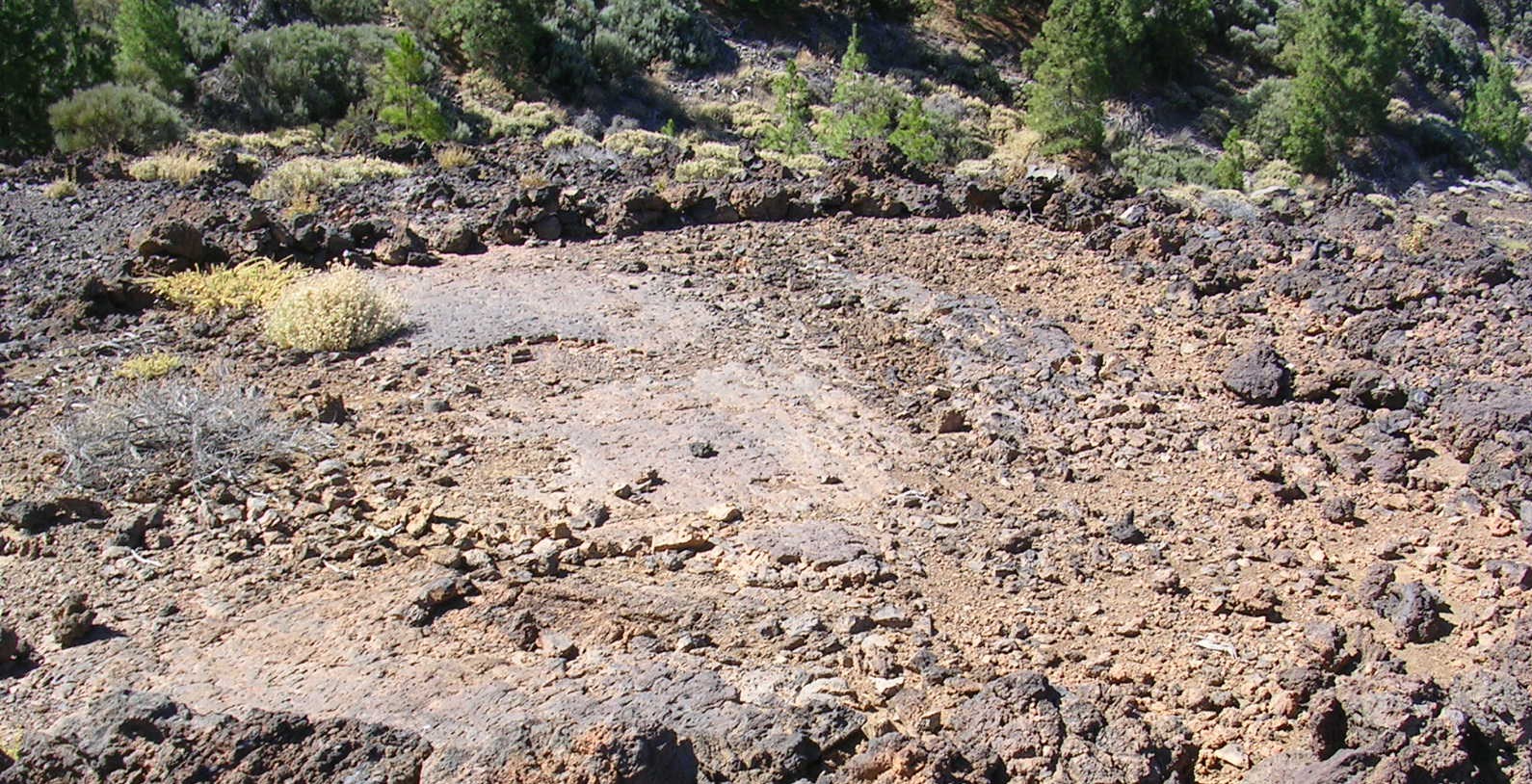
Threshing Floor, Fajana de Charagueche
Curious and interesting old threshing floor on pahoehoe lava.
...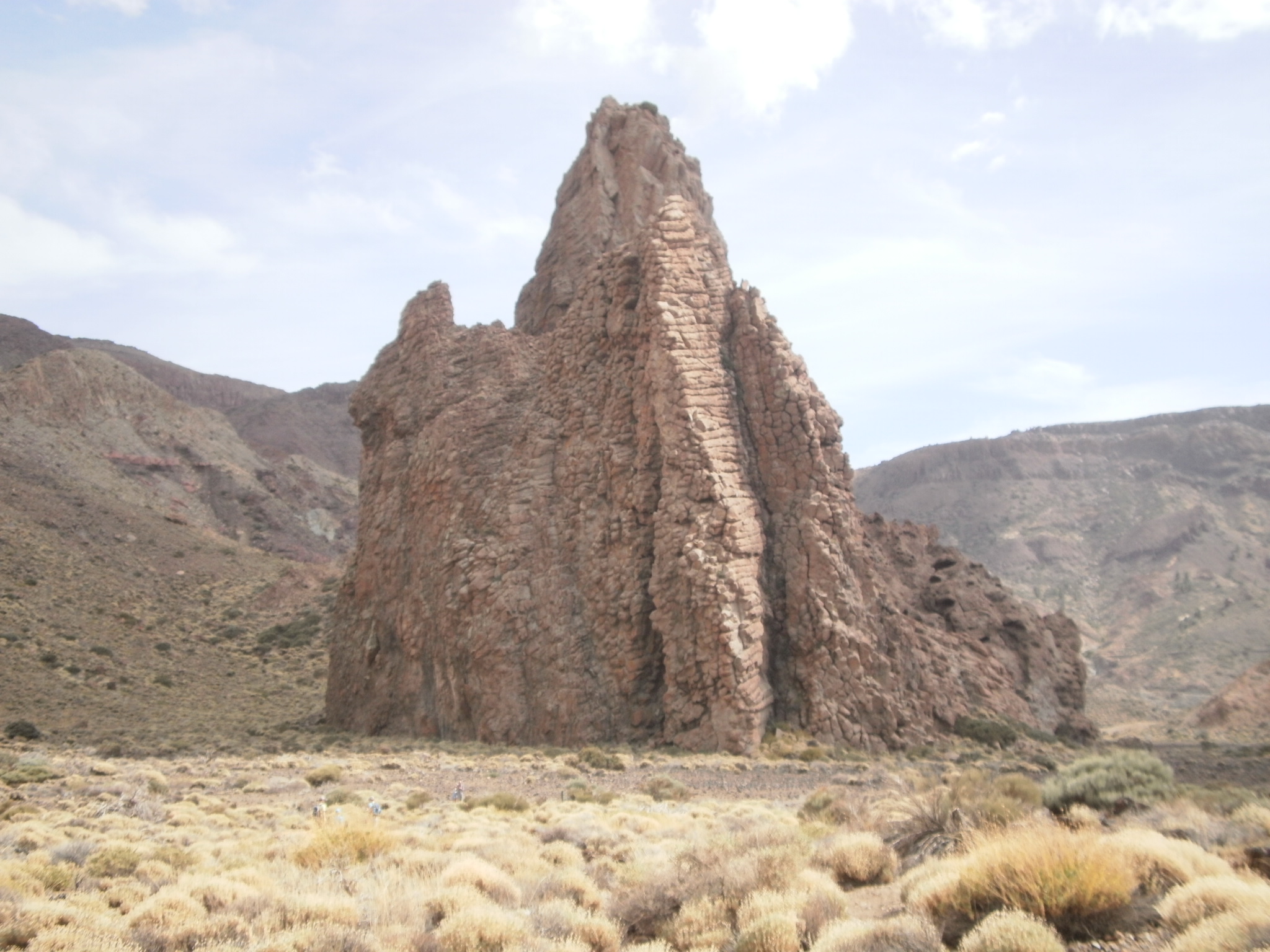
La Catedral (The Cathedral)
Volcanic plug that resembles a great cathedral.
...Tailor your own route along Tenerife’s trails quickly and easily..
Go to planner